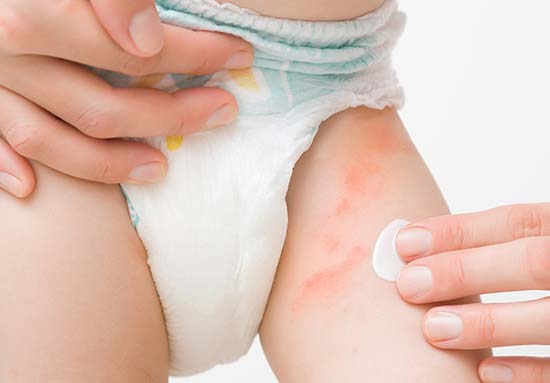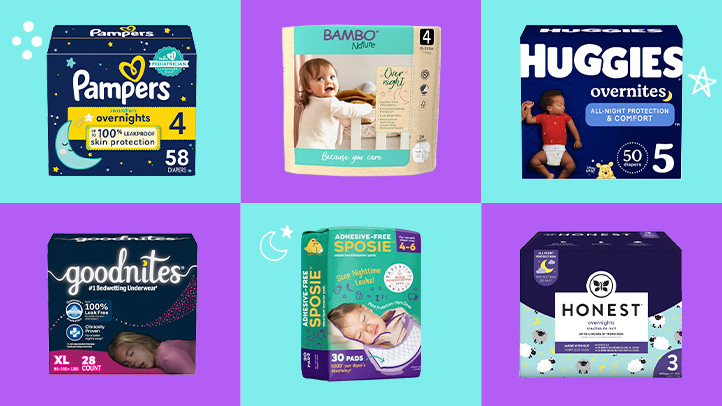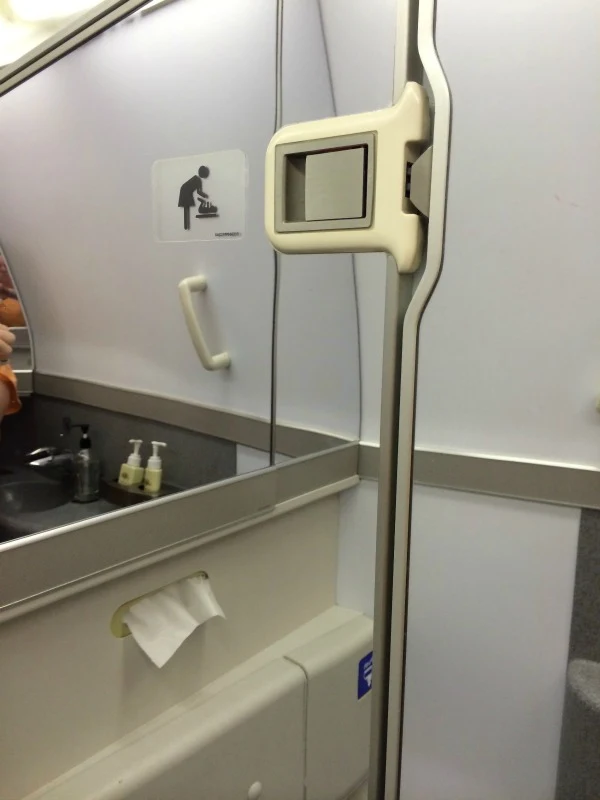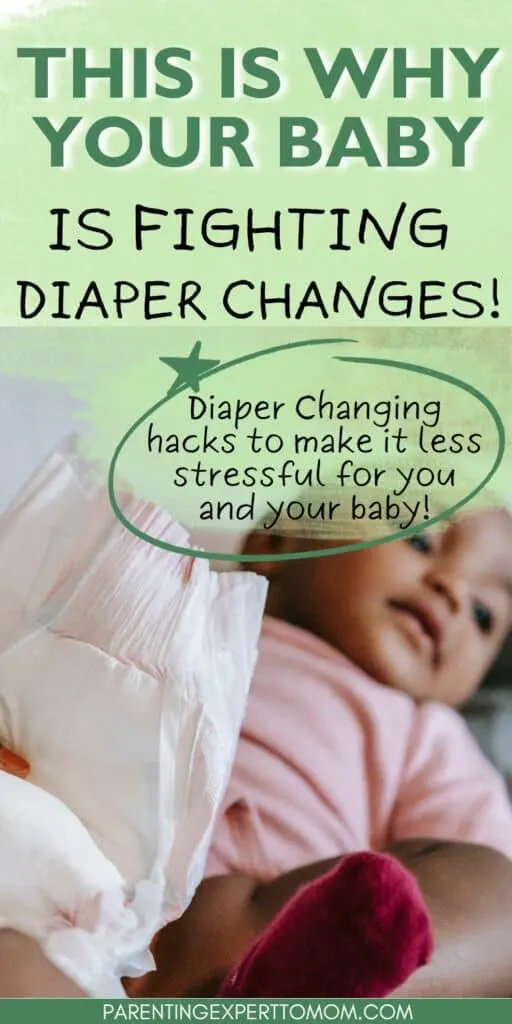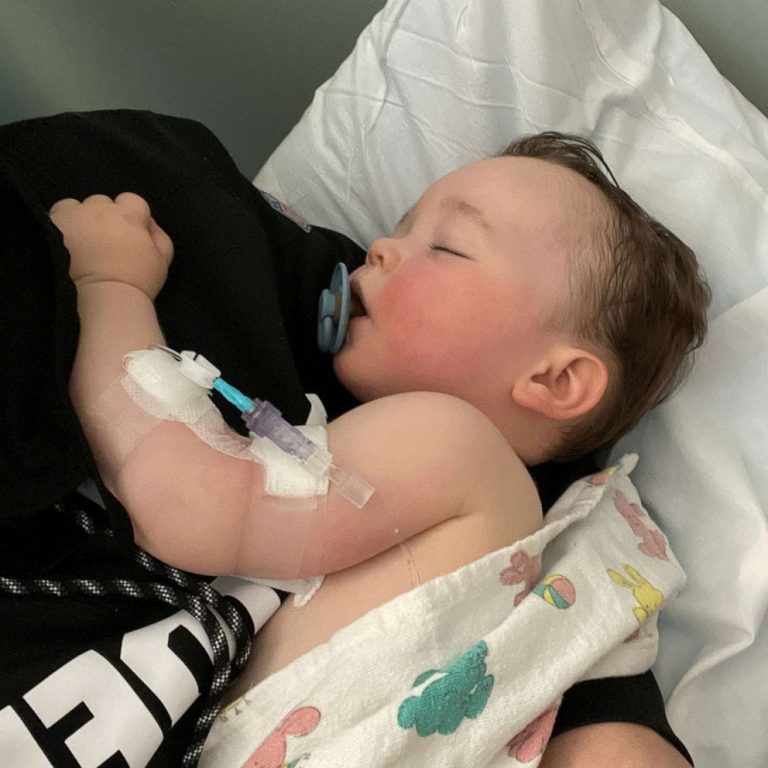What to Do If Baby Has Nappy Rash: Expert Tips for Relief
To treat nappy rash, keep the baby’s skin clean and dry. Apply a barrier cream regularly.
Nappy rash is a common issue that many parents face. It occurs when a baby’s sensitive skin comes into prolonged contact with wet or soiled nappies. This can lead to redness, irritation, and discomfort for the baby. The best way to prevent and treat nappy rash is by keeping the baby’s nappy area clean and dry.
Changing nappies frequently helps prevent prolonged exposure to moisture. Using a barrier cream forms a protective layer on the skin. If the rash persists or worsens, consult a pediatrician. Proper care and timely intervention can keep your baby comfortable and rash-free.
Identifying Nappy Rash
Nappy rash is a common issue for babies. Understanding its signs can help. Knowing what to look for is key. Early detection can ease discomfort and speed up recovery.
Common Symptoms
- Red patches on the baby’s bottom or genital area.
- Swollen skin that feels warm to the touch.
- Blisters or pimples in the affected area.
- The baby may seem more fussy or uncomfortable than usual.
Causes
| Cause | Description |
|---|---|
| Wetness | Even with absorbent nappies, some moisture stays on the skin. |
| Friction | Nappies that rub against the skin can cause irritation. |
| Diarrhea | Loose stools can be harsh on delicate skin. |
| New foods | Introducing new foods can change the acidity of stools. |
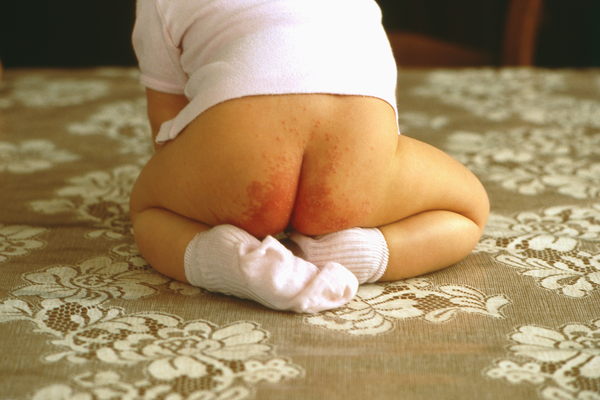
Credit: www.nhs.uk
Immediate Actions
When your baby has nappy rash, it’s crucial to act quickly. Immediate actions can help soothe your baby’s discomfort and prevent the rash from worsening. Here are some steps you can follow:
Cleaning The Area
Start by gently cleaning the affected area. Use lukewarm water and a soft cloth. Avoid using soap, as it can irritate the skin further. Pat the skin dry with a clean towel.
Consider using fragrance-free, hypoallergenic wipes if water is not available. Look for wipes that are alcohol-free to prevent additional irritation.
Changing Nappies Frequently
Change your baby’s nappy as soon as it becomes wet or soiled. Frequent changes help keep the area clean and dry.
Aim to check the nappy every two hours during the day. At night, consider setting an alarm for a mid-night change if necessary.
Use super-absorbent nappies to reduce moisture exposure. This can help in preventing further irritation.
| Action | Frequency |
|---|---|
| Check Nappy | Every 2 hours |
| Clean Area | Every change |
| Use Fragrance-Free Wipes | As needed |
Home Remedies
Dealing with nappy rash can be tough for both babies and parents. Thankfully, some home remedies can help soothe your baby’s skin. Using natural solutions and over-the-counter ointments may offer relief.
Ointments And Creams
Many ointments and creams are available to treat nappy rash. These products often contain zinc oxide or petroleum jelly. They create a barrier to protect the skin from moisture.
- Zinc oxide cream: Forms a protective layer.
- Petroleum jelly: Seals out wetness.
- Hydrocortisone cream: Reduces redness and swelling.
Apply these creams after each diaper change. Ensure the skin is clean and dry before application. Use only a thin layer to avoid excessive build-up.
Natural Solutions
Natural remedies can also help soothe nappy rash. These options are often gentle on sensitive skin.
- Coconut oil: Has anti-inflammatory properties.
- Aloe vera gel: Cools and soothes irritated skin.
- Breast milk: Contains antibodies and healing properties.
Apply a small amount of coconut oil or aloe vera gel to the affected area. You can also use a few drops of breast milk on the rash.
| Natural Solution | Benefit |
|---|---|
| Coconut oil | Reduces inflammation |
| Aloe vera gel | Soothes irritation |
| Breast milk | Heals and protects |
Remember to give your baby’s skin some air time. Leave the nappy off for a few minutes each day. This helps the skin breathe and speeds up healing.
When To See A Doctor
It’s common for babies to get nappy rash. It usually clears up with proper care. Sometimes, though, you need to see a doctor. Knowing when to seek medical advice is crucial. This section helps you understand those critical signs.
Severe Symptoms
If your baby shows severe symptoms, consult a doctor right away. Look for these signs:
- Fever: A fever over 100.4°F (38°C) needs medical attention.
- Blisters or Sores: Blisters or open sores on the rash area are concerning.
- Pus or Yellow Scabs: Pus or yellowish scabs indicate infection.
- Crying During Urination or Bowel Movements: This could mean a painful infection.
Persistent Rash
A rash lasting more than a week also requires a doctor’s visit. Persistent rashes can indicate other issues.
Here are key points to watch for:
- No Improvement: Rash doesn’t improve with home treatment.
- Spreading Rash: Rash spreads to other parts of the body.
- Recurring Rash: The rash keeps coming back.
If you notice these signs, don’t delay. A doctor can provide the right treatment.
Preventative Measures
Preventing nappy rash can save your baby discomfort and pain. Simple steps can help you keep your baby’s skin healthy. Let’s explore some effective preventative measures.
Choosing The Right Nappies
Picking the right nappies is crucial for your baby’s comfort. Always look for nappies that are soft and breathable. Here are some tips:
- Choose nappies that fit well. Avoid tight nappies.
- Opt for nappies with good absorbency.
- Avoid nappies with harsh chemicals or perfumes.
Consider cloth nappies as they are gentle on the skin. Change nappies often to keep the area dry.
Proper Hygiene
Good hygiene helps prevent nappy rash. Follow these steps:
- Clean the nappy area with warm water and a soft cloth.
- Pat the skin dry with a clean towel. Do not rub.
- Use a gentle, fragrance-free baby wipe if needed.
Allow your baby’s skin to air dry before putting on a new nappy. Use a barrier cream to protect the skin from moisture.
| Do’s | Don’ts |
|---|---|
| Change nappies frequently | Leave wet nappies on for long |
| Use warm water to clean | Use alcohol-based wipes |
| Apply barrier cream | Use scented products |
Following these simple steps can help keep your baby’s skin rash-free. Remember, your baby’s comfort is the top priority.
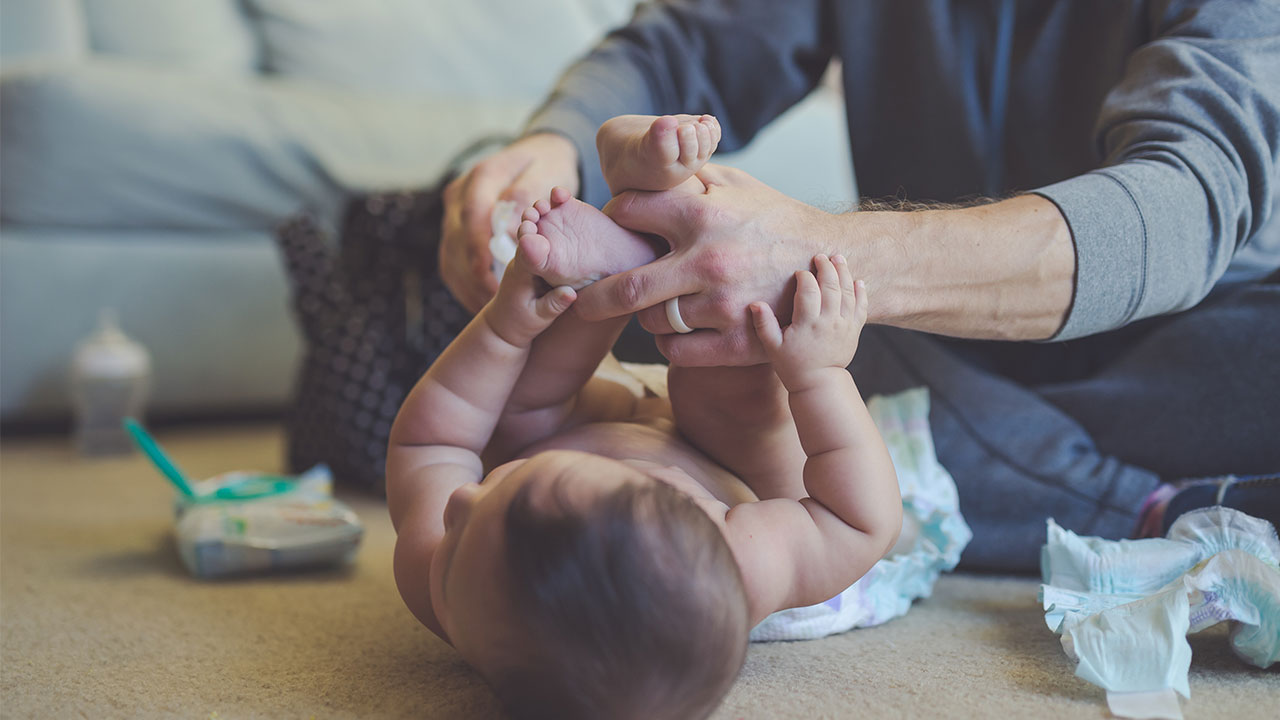
Credit: raisingchildren.net.au
Dealing With Sensitive Skin
Babies with sensitive skin need extra care. Nappy rash can make them very uncomfortable. Understanding how to treat and prevent it helps keep your baby happy.
There are several ways to handle sensitive skin. These methods include choosing the right products and avoiding known irritants.
Hypoallergenic Products
Choose hypoallergenic products for your baby. These products reduce the risk of skin reactions.
Look for the following types of products:
- Hypoallergenic diapers
- Fragrance-free wipes
- Gentle baby lotions and creams
Using hypoallergenic products can soothe your baby’s skin. They are designed to be gentle and less likely to cause a rash.
Avoiding Irritants
Irritants can worsen nappy rash. You need to avoid them to keep your baby comfortable.
Common irritants include:
- Fragrances
- Dyes
- Alcohol-based products
Choose products labeled “fragrance-free” and “dye-free.” Check labels carefully to ensure they are suitable for sensitive skin.
Frequent diaper changes can also help. Keep your baby’s skin dry and clean to prevent irritation.
| Product Type | Recommended Features |
|---|---|
| Diapers | Hypoallergenic, Fragrance-free |
| Wipes | Alcohol-free, Dye-free |
| Lotions | Gentle, Hypoallergenic |
Diet And Nappy Rash
Nappy rash is a common issue many parents face. While it can be caused by various factors, diet plays a crucial role. Certain foods may irritate your baby’s skin, leading to or worsening nappy rash. This section will guide you on how diet impacts nappy rash and which foods to avoid.
Impact Of Diet
Diet significantly affects your baby’s skin health. Certain foods can cause more acidic stools, which can irritate the skin. This irritation can lead to or worsen nappy rash.
Breastfed babies may react to what the mother eats. Keep a food diary to identify any triggers.
Foods To Avoid
Some foods are more likely to cause nappy rash. It’s best to avoid these to keep your baby’s skin healthy.
- Citrus fruits: Oranges, lemons, and grapefruits can make stools more acidic.
- Tomatoes: Tomatoes and tomato-based products can irritate sensitive skin.
- Spicy foods: Spices can cause irritation and should be avoided.
- Dairy: Some babies are sensitive to dairy, leading to skin issues.
- High-fiber foods: Foods like beans and whole grains can cause loose stools.
| Food | Reason to Avoid |
|---|---|
| Citrus fruits | Increase stool acidity |
| Tomatoes | Irritate sensitive skin |
| Spicy foods | Cause skin irritation |
| Dairy | May lead to skin issues |
| High-fiber foods | Can cause loose stools |
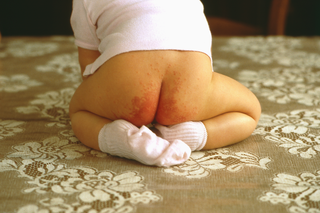
Credit: www.nhs.uk
Long-term Care
Dealing with nappy rash can be stressful for both parents and babies. Implementing a long-term care strategy is essential. This approach ensures that your baby’s skin remains healthy and rash-free. Below are some vital steps for long-term care.
Routine Maintenance
Routine maintenance is crucial for preventing nappy rash. Follow these steps to maintain your baby’s skin health:
- Frequent Diaper Changes: Change your baby’s diaper every 2-3 hours.
- Gentle Cleaning: Use warm water and a soft cloth to clean.
- Allow Air Time: Let your baby go diaper-free for a few minutes daily.
- Barrier Cream: Apply a thin layer of barrier cream with each change.
These steps can help keep your baby’s skin dry and clean. This reduces the risk of nappy rash.
Monitoring Skin Health
Monitoring your baby’s skin health is essential. Here are some tips:
- Daily Checks: Examine your baby’s skin during each diaper change.
- Look for Redness: Check for any signs of redness or irritation.
- Keep a Diary: Note any changes in your baby’s skin condition.
Regular monitoring helps you catch potential issues early. This allows for quicker intervention and treatment.
| Signs to Watch For | Actions to Take |
|---|---|
| Redness | Increase air time and apply barrier cream. |
| Swelling | Consult a healthcare provider. |
| Blisters | Seek medical advice immediately. |
By following these tips, you can keep your baby’s skin in excellent condition. This reduces the chances of recurring nappy rash.
Frequently Asked Questions
What Causes Nappy Rash?
Nappy rash is typically caused by prolonged exposure to wet or soiled diapers. It can also result from friction, yeast infections, or sensitive skin reacting to diaper materials or wipes.
How Can I Treat Baby Nappy Rash?
To treat nappy rash, change diapers frequently and keep the area dry. Use a gentle, unscented barrier cream. Let your baby have diaper-free time to air out the rash.
Can Certain Foods Cause Nappy Rash?
Yes, certain acidic foods like citrus fruits or tomatoes can cause nappy rash. If you notice a reaction, try eliminating these foods from your baby’s diet.
Is Nappy Rash Painful For Babies?
Yes, nappy rash can be painful and uncomfortable for babies. It may cause fussiness, crying during diaper changes, and discomfort, especially when the skin is irritated or broken.
Conclusion
Nappy rash can be distressing for both baby and parent. By following these tips, you can provide relief. Maintain cleanliness, use appropriate creams, and ensure frequent diaper changes. Consult a pediatrician if the rash persists. Your attentive care will help keep your baby comfortable and happy.

